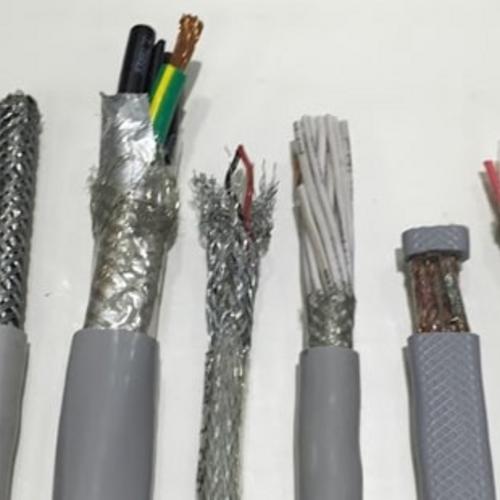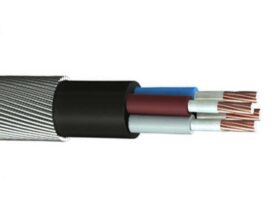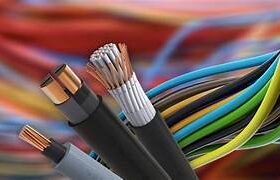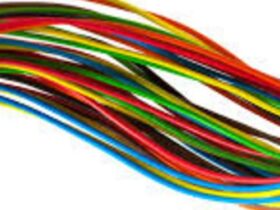
Screened and unscreened cables are two types of cables used for different applications. The main difference between these two types of cables is the presence of shielding.
Screened cable, also known as shielded cable, has an additional layer of shielding around the conductor. The shielding is usually made of metal, such as copper or aluminum, and it provides protection against electromagnetic interference (EMI) and radio frequency interference (RFI). This type of cable is commonly used in applications where there is a high risk of interference, such as in data transmission, audio and video equipment, and in industrial control systems.
Unscreened cable, also known as unshielded cable, does not have an additional layer of shielding around the conductor. This type of cable is typically used in applications where there is a low risk of interference, such as in power distribution and lighting systems. Unscreened cables are less expensive than screened cables and are easier to install.
In summary, the main difference between screened and unscreened cables is the presence or absence of shielding. Screened cables provide additional protection against electromagnetic and radio frequency interference, while unscreened cables are typically used in applications where there is a low risk of interference and are less expensive and easier to install.











Leave a Reply